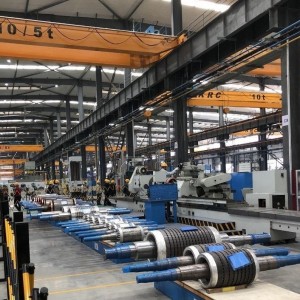When discussing variable frequency motors, a key aspect to consider is how power varies with speed and torque. In low speed constant torque mode, the electric motor operates under conditions where the torque remains constant as the frequency varies. This feature is critical for applications that require consistent performance across a wide speed range.
As the motor frequency increases, the motor speed also increases. Since power is defined as the product of speed and torque, the relationship between these two variables is critical to understanding how power changes. In the case of constant torque, while the torque remains stable, an increase in speed directly results in a proportional increase in power output. This means that as the motor speed increases, the power gradually increases, which can improve performance in applications that require higher speeds.
Conversely, when the motor is running at higher speeds, it may transition from a constant torque state to a constant power state, depending on the motor’s design and operating limits. In this case, although the torque may begin to drop, the power can be maintained at a certain level until the motor reaches its maximum speed. This transition is critical for applications that require high speed and high efficiency.
When a variable frequency induction motor changes speed, its power output is affected by the interaction between speed and torque. In a constant torque regime, power increases as speed increases, while in a higher speed range the motor may transition to a constant power regime. Understanding these dynamics is critical to optimizing motor performance in a variety of industrial applications.
Post time: Jan-06-2025


